Saratoga Springs is a city in Saratoga County, New York, United States. The population was 28,491 at the 2020 census. The name reflects the presence of mineral springs in the area, which has made Saratoga a popular resort destination for over 200 years. It is home to the Saratoga Race Course, a thoroughbred horse racing track, and Saratoga Performing Arts Center, a music and dance venue. The city's official slogan is "Health, History, and Horses".
The Mohawk Indigenous people used the area that is now Saratoga Springs as prime hunting ground, and some thought of the mineral springs as a gift from Manitou.[1]
The British built Fort Saratoga in 1691 on the west bank of the Hudson River.[2] During the early part of the 1700s, settlers from Europe began to develop the area.[1] Shortly thereafter, British colonists settled the current village of Schuylerville approximately one mile south; it was known as Saratoga until 1831.[3]
In 1767, William Johnson, a colonial British officer who was a hero of the French and Indian War, was brought by Native American friends to the spring to treat his war wounds. (In 1756, Johnson had been appointed British Superintendent of Indian Affairs in the Northeast region due to his success in building alliances with the Mohawk and other Iroquois tribes. He had learned the language and created many trading relationships. He achieved great wealth from trading and landholdings, and was knighted for his service to the Crown with the Iroquois.)[4]
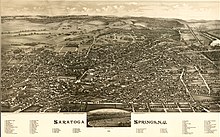 Perspective map of Saratoga Springs with image of racetrack inset and list of landmarks from 1888 by L.R. Burleigh
Perspective map of Saratoga Springs with image of racetrack inset and list of landmarks from 1888 by L.R. BurleighThe first permanent European-American settler built a dwelling in the area circa 1776.[5] The springs attracted tourists, and Gideon Putnam built the first hotel for travelers. Putnam also laid out the roads and donated land for use as public spaces.[6]
The Battle of Saratoga, the turning point of the Revolutionary War, did not take place in Saratoga Springs. Rather, the battlefield is 15 miles (24 km) to the southeast, in the Town of Stillwater. A museum dedicated to the two battles sits on the former battlefields. The British encampment before the surrender at Saratoga took place 10 miles (16 km) east of the city, in Schuylerville, where several historical markers delineate points of interest. The surrender of the sword of battle took place where Fort Saratoga had been, south of Schuylerville.[citation needed]
Saratoga Springs was established as a settlement in 1819 from a western portion of the Town of Saratoga. Its principal community was incorporated as a village in 1826, and the entire region became a city in 1915. Tourism was greatly aided by the 1832 arrival of the Saratoga and Schenectady Railroad, which brought thousands of travelers to the famous mineral springs. Resort hotels developed to accommodate them. Patronage of the railroad increased after the Delaware and Hudson Canal Company assumed control in 1870 and began running the Empire State Express directly between New York City and the resort.[7]
In the 19th century, doctor Simon Baruch encouraged the development of European-style spas[8] in the United States as centers for health. Due to the presence of mineral waters Saratoga Springs was developed as a spa, generating the development of several hotels, including the United States Hotel[9] and the Grand Union Hotel. The latter was, in its day, the largest hotel in the world.[7]
In 1863, Saratoga Race Course opened, moving to its current location the following year. Horse racing and its associated betting increased tourism at a time when horse racing was a popular national spectator sport. In addition, the Saratoga Springs area was known for its gambling, which after the first years of the 20th century was illegal, but still widespread. Most gambling facilities were located on Saratoga Lake, on the southeast side of the city.[citation needed]
By 1870, it was considered a top upscale resort relying on natural mineral springs, horse racing, gambling, and luxury hotels.[citation needed] World War II imposed travel restrictions which impacted the tourist industry. During the 1950s, the state and city closed the gambling houses in a crackdown on illegal gambling.[10] The closing and demolition in the 1950s of some hotels, including the Grand Union and the United States hurt tourism.[citation needed]
The city became more accessible with the completion of the Adirondack Northway (Interstate 87), which allowed visitors easier access from the north and south. In addition, cultural resources such as classical and popular music and dance, flourished.[11]
Mineral springs Columbian Spring, one of Saratoga Springs' public springs
Columbian Spring, one of Saratoga Springs' public springsThe mineral springs occur along the east side of the Saratoga Fault which allows water trapped in subsurface shale layers to reach the surface. The fault displacement can be seen on the east side of Broadway with the best view of the fault at the High Rock Park cliff. [12]
The Mohawk Indigenous peoples who inhabited this area used the springs for several hundred years before the arrival of European settlers. Later drilling technology was employed by settlers to tap into the spring sources, and by 1900, 203 springs were flowing, some of which were tapped for carbon dioxide extraction, as well as mineral water. This proved to be unsustainable, and by 1908, New York State passed restrictions on use to allow the aquifer to recharge. As of 2019, there are only 17 productive springs.[12]
Toward the end of the 19th century, excessive pumping for commercial bottling was threatening to deplete the springs. In 1911, the New York State Reservation, now the Spa State Park, was created to protect the springs, and the Lincoln and Roosevelt bath houses were built. Currently, visitors can soak in the mineral waters at the historic Roosevelt Bath house, which also provides spa treatments.[13]
The water from the springs is high in mineral contents, inclucing iron, magnesium, calcium, lithium, iodine, chromium, sodium, zinc,[12] barium, and with 9 of the springs reporting radium content.[14]
Believed to have healing powers,[by whom?] springs can be found in multiple places around the town. Others, including scientists, dispute any medicinal properties from consuming the water due to the high levels of sodium and radium in some of the spring sources.[1]
Most of the springs are covered by small pavilions and marked by plaques. Others are less conspicuous, sometimes just a spigot in a rock. The springs are famous for their varied and distinct tastes: some are clear freshwater, others are saltier, and some taste strongly of a certain mineral such as sodium bicarbonate or sodium chloride. There is a sulfurous odor, but mineral analysis of the water consistently shows almost no presence of dissolved sulfur.[dubious ] The sulfur is in the form of the gas hydrogen sulfide, which degasses from the water very quickly. Visitors are welcome to bottle the spring water for personal consumption.[15]
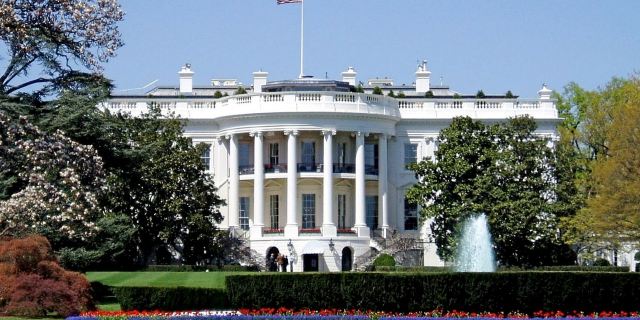

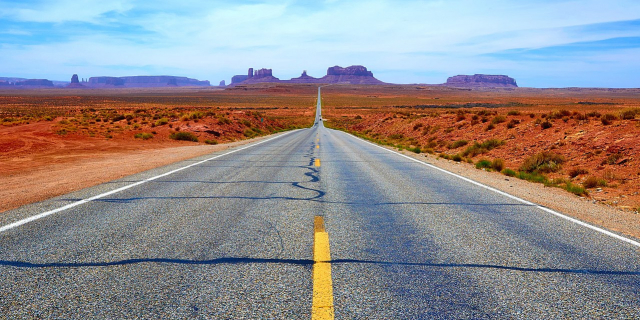

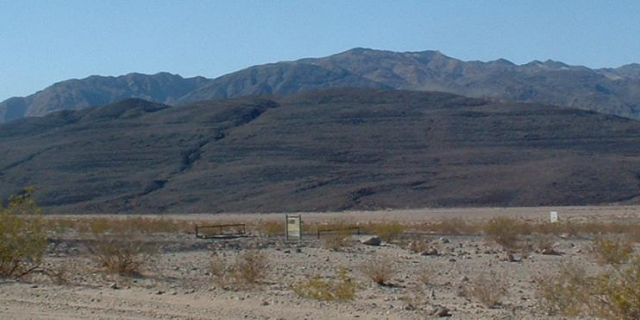


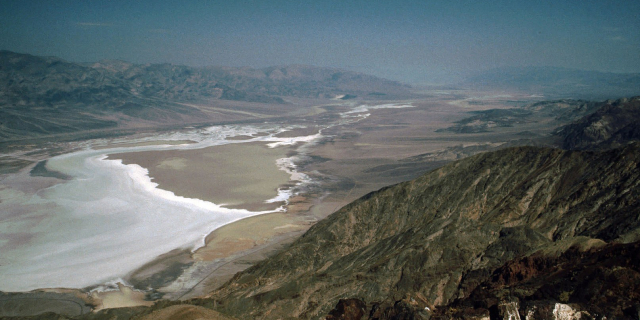


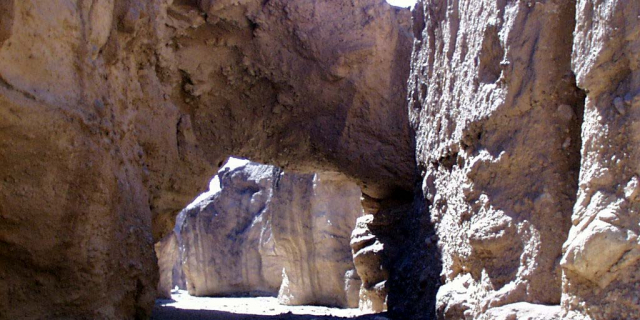

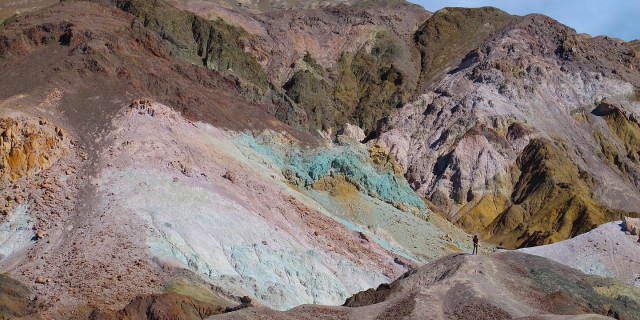
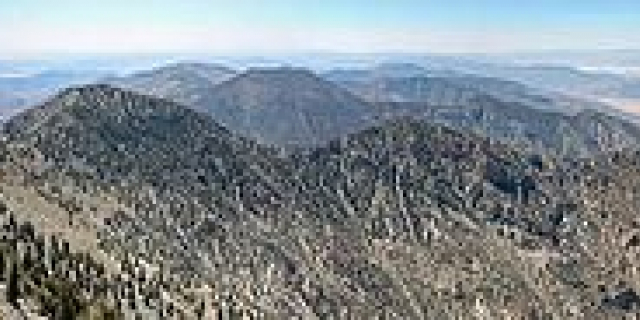

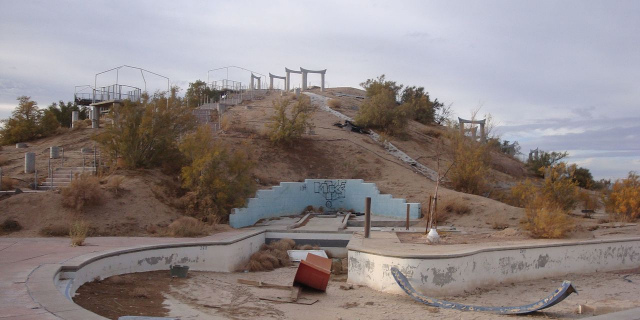




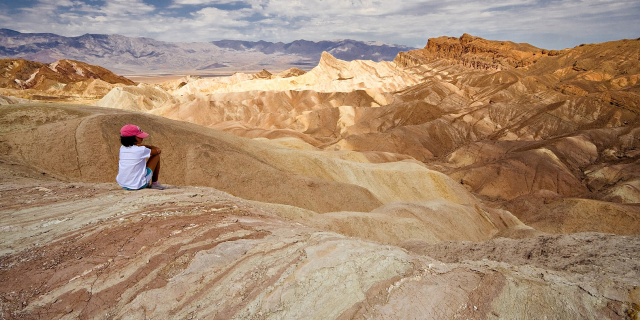







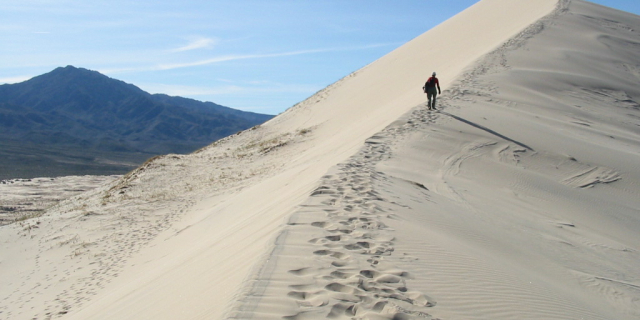
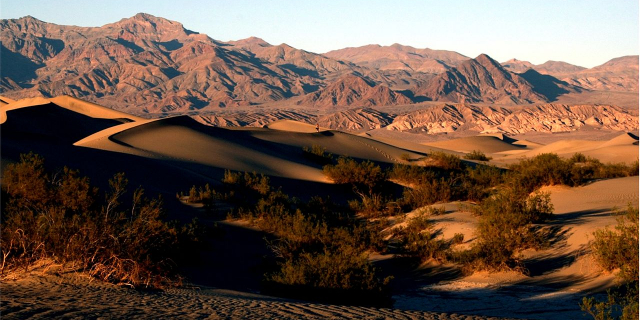
Add new comment